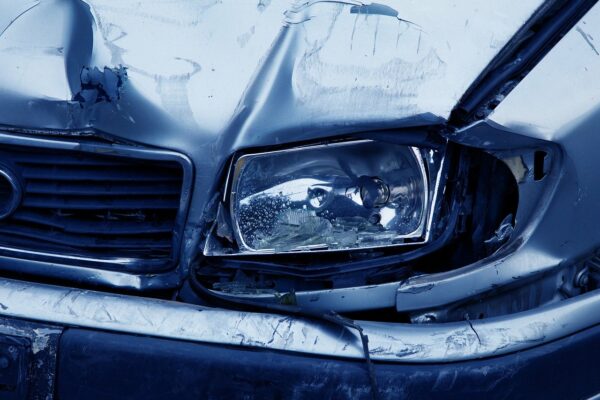
When a vehicle accident occurs, the people involved may be unable to recall the exact events or have conflicting versions of what happened. The most common statements at the scene of an accident are: “It happened so fast!” and “Where did that other car come from?”. It is essential that a specialized attorney familiar with accident reconstruction be contacted as soon as possible to help investigate the accident and build a strong case in your favor. Hardy, Wolf & Downing, Maine accident lawyers, have years of experience painstakingly reconstructing accidents. Sometimes, it is necessary for them to hire an accident reconstruction expert.
What is accident reconstruction?
Vehicular accident reconstruction investigates, analyzes, and draws conclusions about the causes and events during a vehicle collision. We may hire accident reconstructionists to conduct in-depth collision analysis to identify the contributing factors in different collisions, including the role of the driver(s), vehicle(s), roadway, traffic, lighting, and the environment. It is essential, if not mandatory, that accident reconstruction be done in cases where death and/or personal injury are involved if the evidence is missing or incomplete.
How is the accident reconstructed?
For the personal injury attorneys at Hardy, Wolf & Downing to determine how and why an accident happened, we must first correctly interpret the clues left by the remaining physical evidence of the collision, then reconstruct and study the events preceding, during, and following the accident.
Investigation
Multiple steps are done during the investigation phase of accident reconstruction. Listed below are several of the key components that the experts at Hardy, Wolf & Downing utilize to correctly interpret an accident scene:
- Visit the accident scene and examine all vehicles involved in the collision.
- Inspect and photograph any other objects involved in the collision. For example, bicycles, animals, trees, buildings, or poles.
- Collect visual evidence such as scene photographs and traffic videos of the collision.
- Review all victim, eye witness, and police reports.
- Examine physical evidence such as gauge and tire marks.
- The length of a skid mark can often indicate the original speed of vehicle. We can often pinpoint speed within a couple MPH’s of the actual speed.
- Tire marks also provide information about whether the drivers involved in the collision reacted to danger or were unaware of the impending crash.
- Review environmental conditions at the time of the accident.
- Inspect the road surface, especially when lost traction due to snow, black ice, diesel fuel, or obstacles such as road debris.
- Inspect positioning of road signs and/or signals and identify possible visibility issues.
- Investigate any unaddressed safety recalls that may have contributed to the crash and examine the vehicles’ headlights, brake lights, and other safety equipment to determine whether they were working properly at the time of the collision.
Analysis and interpretation of data
Once all the evidence has been collected, the accident reconstruction experts employed by Hardy, Wolf & Downing can create a second-by-second analysis of the accident by evaluating possible hypotheses, creating models, recreating accidents, and utilizing software simulations.
- Our analysts summarize points of impact, and vehicle movements, including speed estimates and vehicle points of rest. Our team has found that vehicle speed is frequently underestimated by a driver, so an independent estimate of speed is often essential in personal injury accidents where evidence of speed is incomplete or contested.
- Experts apply laws of physics and occupant kinematics to explain occupant movement or ejections.
- Other evidence is examined, such as skid marks, witness testimony, and other clues that help identify driver errors that may have contributed to the accident, such as excessive speed or failure to yield the right of way.
- Diagrams are generated with aerial photo overlay and/or 3-D animation of the accident to create a collision simulation.
Why use accident reconstruction?
By utilizing accident reconstruction tools, the car accident team at Hardy, Wolf & Downing can clearly and effectively present your side of the events in negotiations and the courtroom, helping you achieve the best settlement possible for your case. Through accident reconstruction, we can help you obtain greater compensation for your medical bills, lost wages, pain and suffering, and other damages related to your personal injury.
Whether it be a car, motorcycle, truck, or bicycle, we will help you uncover the truth of what happened and bring those responsible to justice through their investigative process or, if warranted, accident reconstruction.

